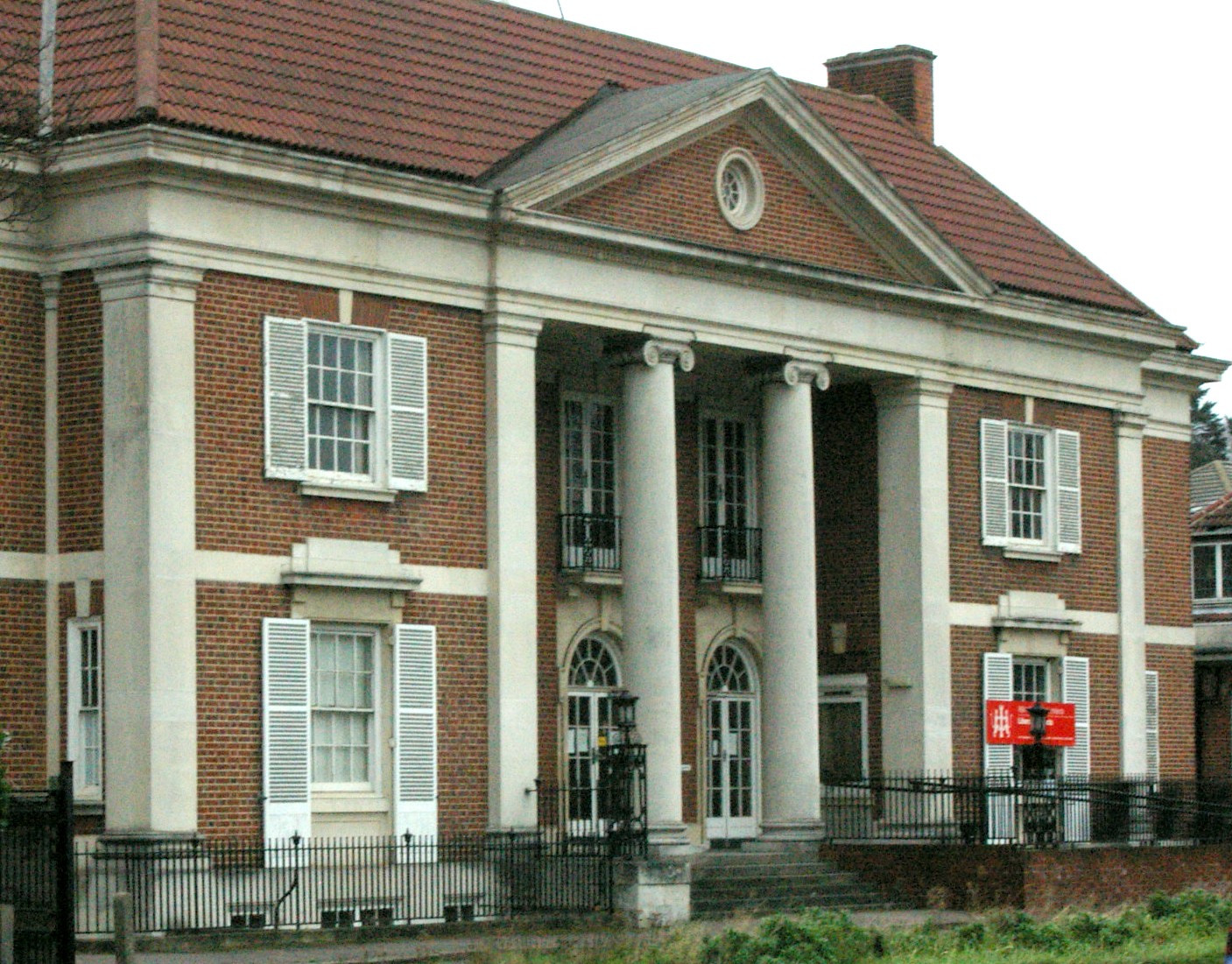|
Robert Millner Shackleton
Robert Millner Shackleton FRS (30 December 1909 – 3 May 2001) was a British field geologist who developed an interest in the geology of East Africa. He initiated structural studies across orogenic belts in Tanzania-Zambia-Malawi (in the late 1960s), major studies across the Limpopo Belt and adjacent Archaean greenstone belts of Zimbabwe-Botswana-South Africa (in the 1970s) and projects across the orogenic systems of Egypt, Sudan and Kenya (in the early 1980s). Just prior to his death he was working on a detailed compilation of the Precambrian geology of East Africa. At the age of 75 he led a Royal Society geological traverse across Tibet, in collaboration with the Academica Sinica, Beijing. Born in Purley, Surrey, he was educated at the Quakers' Sidcot School in Somerset and the University of Liverpool, graduating BSc in geology with First Class Honours in 1930. He went on to research at Liverpool under P.G.H. Boswell on the geology of the Moel Hebog area of Snowdonia ... [...More Info...] [...Related Items...] OR: [Wikipedia] [Google] [Baidu] |
Purley, London
Purley is an area of the London Borough of Croydon in London, England, south of Charing Cross, with a history going back at least 800 years. It was originally granted as an estate from holdings at Sanderstead and until as a district of Surrey and then, with neighbouring Coulsdon, as an urban district that became an Ward (electoral subdivision), electoral ward of the London Borough of Croydon, becoming part of the ceremonial county of London, in 1965. In 2018 the Purley ward was divided into two: Purley & Woodcote (ward), Purley and Woodcote, and Purley Oaks & Riddlesdown (ward), Purley Oaks and Riddlesdown. Purley is a suburban area of South London, and the quintessential suburban environment has been referenced in fictional and popular culture, most notably as the setting for the long running ''Terry and June'' sitcom. Purley had a population of 15,184 in 2022. History Toponymy The name derives from an estate, mentioned in about 1200 when it was deeded to one William de Pire ... [...More Info...] [...Related Items...] OR: [Wikipedia] [Google] [Baidu] |
Kenya
Kenya, officially the Republic of Kenya, is a country located in East Africa. With an estimated population of more than 52.4 million as of mid-2024, Kenya is the 27th-most-populous country in the world and the 7th most populous in Africa. Kenya's capital and largest city is Nairobi. Its second-largest and oldest city is Mombasa, a major port city located on Mombasa Island. Other major cities within the country include Kisumu, Nakuru & Eldoret. Going clockwise, Kenya is bordered by South Sudan to the northwest (though much of that border includes the disputed Ilemi Triangle), Ethiopia to the north, Somalia to the east, the Indian Ocean to the southeast, Tanzania to the southwest, and Lake Victoria and Uganda to the west. Kenya's geography, climate and population vary widely. In western, rift valley counties, the landscape includes cold, snow-capped mountaintops (such as Batian, Nelion and Point Lenana on Mount Kenya) with vast surrounding forests, wildlife and ... [...More Info...] [...Related Items...] OR: [Wikipedia] [Google] [Baidu] |
Migori
Luo people, Migori county 044, also known as Suna-Migori, is a multi-ethnic municipal town which acts as the capital of Migori County, Kenya. The town is located 63 kilometers south of Kisii, Kenya, Kisii town and 22 km north of the Tanzanian border. The Migori Metropolitan area consists of Migori municipality and the adjacent smaller towns. The area has eight constituencies, namely Rongo, Awendo, Suna East, Suna West, Uriri, Nyatike, Kuria East and Kuria West with a total population of 393,012 according to the Kenya National Bureau of Statistics-sponsored national census of 2019. The neighboring town/constituency of Awendo had 96,872 and Kuria East (Sirare) had 117, 290. In 2010, ''The Star'' newspaper reported that the town had a population of approximately 100,000 people. Migori is the second most viable urban center in Luo Nyanza after Kisumu, Kisumu city. However, it is the third largest town in former Nyanza province after Kisumu and Kisii. As compared to most N ... [...More Info...] [...Related Items...] OR: [Wikipedia] [Google] [Baidu] |
Nyeri
Nyeri is a town situated in the Central Highlands of Kenya. It is the county headquarters of Nyeri County and was the central administrative headquarters of the country's former Central Province (Kenya), Central Province. The town is situated about 150 km north of Kenya's capital Nairobi, in the country's densely populated and fertile Central Highlands. The town lies between the eastern base of the Aberdare Range, Aberdare ''(Nyandarua)'' Range, which forms part of the eastern end of the Great Rift Valley, Kenya, Great Rift Valley, and the western slopes of Mount Kenya. The town's population, according to the 2019 Kenya National Bureau of Statistics, Kenya Population and Housing Census, was estimated at 140,338 inhabitants. However, the number is rapidly growing. There is, however, a significant population of primarily Government and corporate workers who ordinarily reside in Nyeri but who, during the census, choose to be counted in their areas of origin or the areas where their ... [...More Info...] [...Related Items...] OR: [Wikipedia] [Google] [Baidu] |


